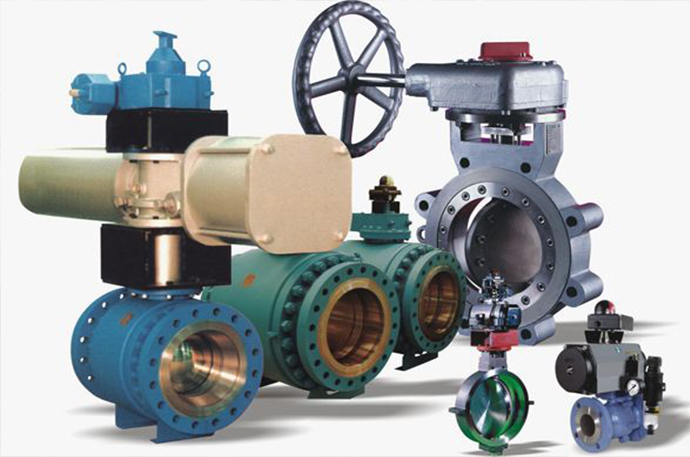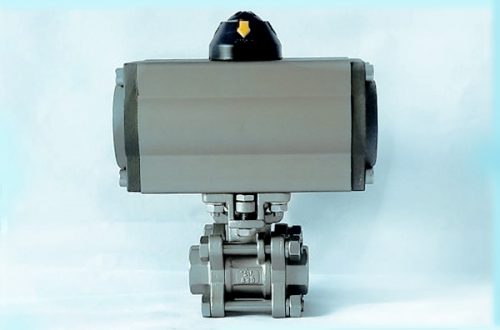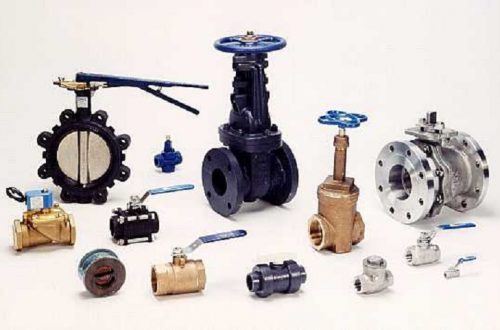We all know that strong corrosion resistance is one of the important features of sanitary valves. Today we will talk about the three major anti-corrosion methods for sanitary valves.
Surface Coating
The surface coating is the most widely used method of corrosion protection. It is an indispensable anti-corrosion material and identification mark for sanitary valves. The coating used for valves is usually made of synthetic resin, rubber slurry, vegetable oil and solvent. They are applied to the valve surface to insulate the medium and the atmosphere for corrosion protection. The above coatings are mainly used in less corrosive water, salt water, sea water or the atmosphere.
Corrosion inhibitor
Corrosion inhibitors are primarily used in media and fillers to slow down the corrosion of equipment and valves. It controls corrosion by promoting the polarization of the battery. For example, Cr-Ni stainless steel is active in a large amount of oxygen-free sulfuric acid and is highly corrosive. To slow down its corrosion, we could add a small amount of oxidants such as copper sulfate or nitric acid to form a protective film on the surface.
In addition, if the valve working environment is in hydrochloric acid, adding a small amount of oxidant can reduce the corrosion of the valve. If the valve is operated in hydrochloric acid, adding a small amount of sodium nitrite to the water can prevent the water from corroding the valve.
Electrochemical protection
Anodic protection is a technique to control the corrosion of a metal surface by making it the anode of an electrochemical cell and controlling the electrode potential in a zone where the metal is passive.Anodic protection means that the anodic potential increases in a positive direction with the input of the protective metal and direct current. When it increases to a certain value, a compact protective film is formed on the surface of the metal anode, that is, passivation film. At this time, corrosion of metal cathode decreases sharply. Anode protection is suitable for metals which are easily passivated.
Cathodic protection is a technique used to control the corrosion of a metal surface by making it the cathode of an electrochemical cell. A simple method of protection connects the metal to be protected to a more easily corroded “sacrificial metal” to act as the anode. The sacrificial metal then corrodes instead of the protected metal.
Please visit http://www.adamantvalves.com/ for more information.





